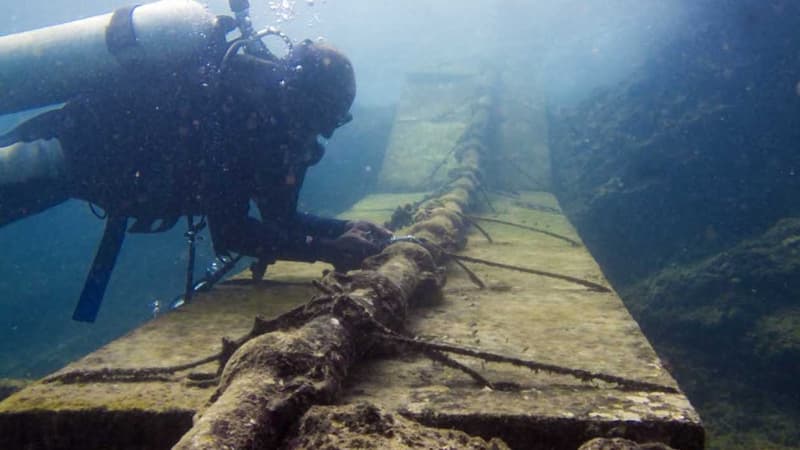In recent days, several submarine cables have been damaged almost simultaneously throughout Europe. The first incident occurred in the North Sea. Mobile phone and internet networks between the mainland and the Faroe Islands and Shetland were cut, leaving its inhabitants without a network for a whole night.
The second hit three fiber optic cables in the south of France, near Aix en Provence. If the cut was made by land, this network joins the Mediterranean. The incident slowed Internet access not only in Europe, but also in Asia and the United States. In an incident report, cloud security company Zscaler identified the failure of three lines in a major hub: Marseille-Lyon, Marseille-Milan, and Marseille-Barcelona.
In both cases, investigations are being carried out to identify the causes and perpetrators.
The French General Staff, to whom we put the question during a press conference, refuses to comment on the matter. The thesis of an accident caused by a fishing boat is obviously not excluded for the North Sea cable. For the one from Aix-en-Provence, a voluntary act is beyond any doubt.
According to Misha Kuperman, SVP of Global Cloud Operations at Zscaler, this thesis has been privately confirmed by French telecom operators. And this is not the first.
In 2021, a former employee of a fiber optic installation subcontractor cut cables in Martigné-sur-Mayenne (Loire-Atlantique). The manager admitted to having acted because of a dispute with a principal. This degradation had deprived several hundred households in the region of the network.
A Russian spy ship
In the North Sea, there is no evidence of sabotage. But one element raises questions. Sources confirm the passage of the Akademik Boris Petrov, a Russian ship specialized in underwater surveillance.
According to the Auxiliary Shipping Forecast blog that charted her route, she left Kalingrad on October 17. She would have followed the route of submarine cables and even passed the Faslane naval base where British nuclear submarines are located. The spy ship was escorted by the British and Dutch Navy to sail to Brazil.
Since the sabotage of the NordStream gas pipelines, intelligence services, the French Navy, shipowners, cable companies and Internet service providers have been on the warpath to monitor thousands of kilometers of cables through which the 99% of the traffic. as tens of billions of financial transactions. These nets are attached to the ocean floor at depths ranging from a few tens to several thousand meters, depending on the area.
At the beginning of October, the French Navy carried out the Calliope mission with the hydrographic and oceanographic vessel Beautemps-Beaupré. This ship is equipped with the HUGIN Superior underwater drone capable of carrying out missions at depths of 4,500 meters for reconnaissance and monitoring cables.
Source: BFM TV


